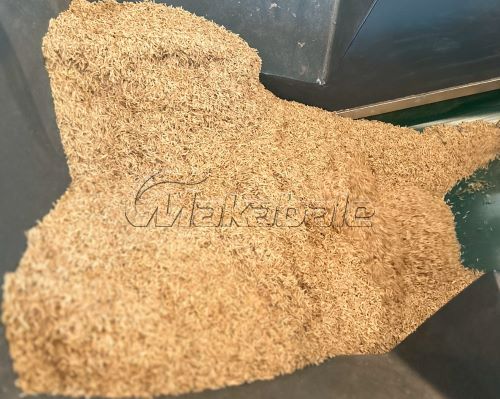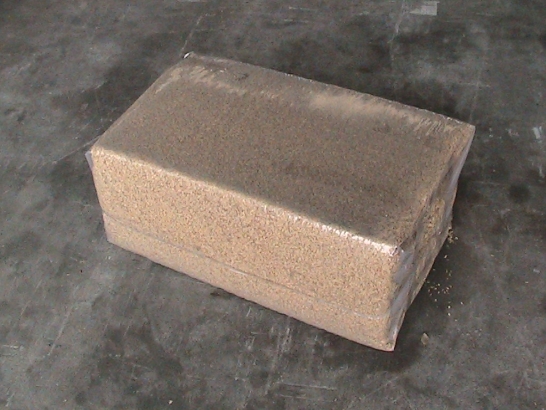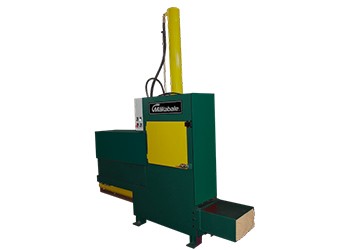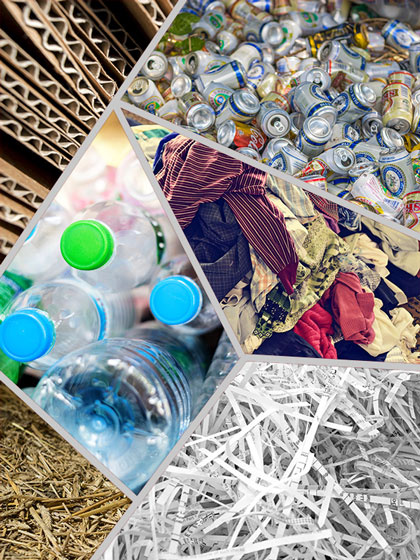Why Recycle Rice Husk?
Rice is grown in a large number of South Asian countries as a food grain. The rice husk (or rice hull) is the protective covering of grains which is light in weight and prevents damage to the grain.
During the process of milling rice, the rice husk is removed. It is a bulky material and often forms approximately 20% by volume of the harvested rice. Instead of being discarded, rice husk can be recycled and used for a wide variety of applications, saving money, and generate a considerable revenue stream for recyclers.
One of the main applications of rice hull is in construction, where it is used for making building material like insulation or particleboard or is mixed with cement. In some countries like Myanmar it is also used as a source of renewable energy.
Due to the high silica content of husk, termites are less likely to attack the boards containing rice husk. Increasingly rice husk is used as an alternative to wooden chips since it is cheaper.
A proper rice husk baling machine is a must-have piece of equipment and wise investment for rice millers or recyclers to compress and package the bulky husks into dense square bales which not only become easier to handle, store and transport, but also helps maximize revenue.




